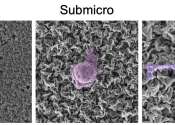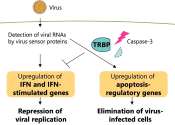Bioelectronic chip detects vitamins C and D in saliva in under 20 minutes
Researchers at the University of São Paulo (USP) in Brazil have developed a bioelectronic chip that simultaneously detects vitamins C and D in body fluids. It is flexible and easy to see and can be adapted for use in a wearable ...









